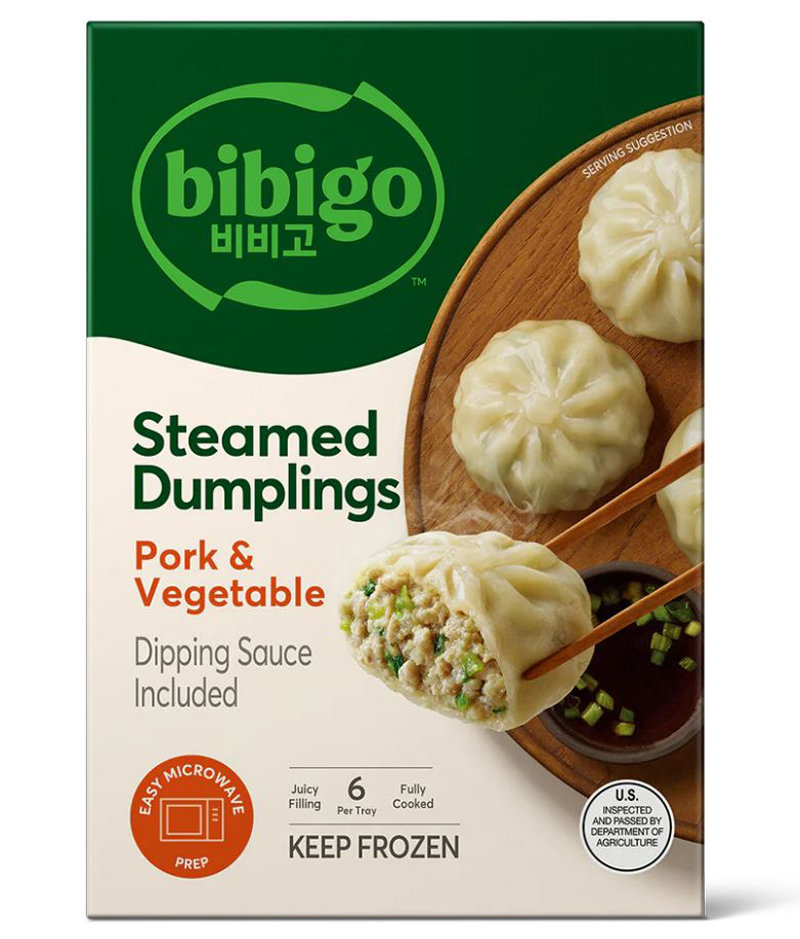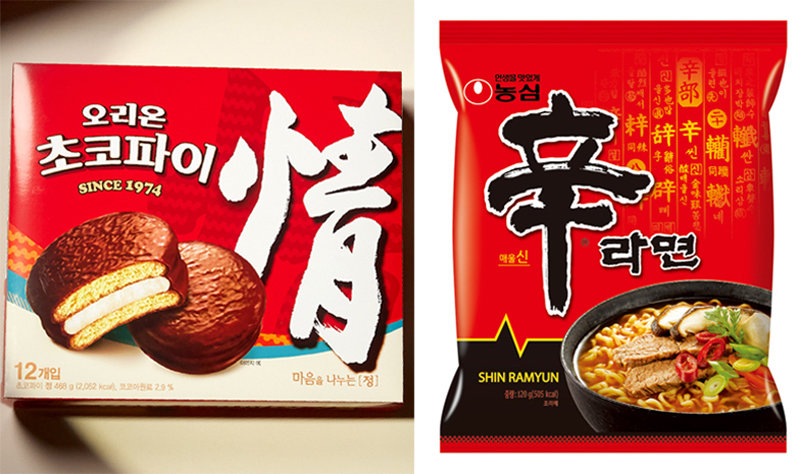Table of Contents
- 1 Buldak-bokkeum noodles are popular for export to North America and Europe.
Samyang Foods, sales up 31%, operating profit up 101%
Orion and Nongshim are highly dependent on China, but their performance declines
“Possibility of improvement in China’s performance thanks to Single’s Day” - 2 What marketing tactics have Korean food companies adopted to boost their presence in the North American market, and what results have these yielded?
Buldak-bokkeum noodles are popular for export to North America and Europe.
Samyang Foods, sales up 31%, operating profit up 101%
Orion and Nongshim are highly dependent on China, but their performance declines
“Possibility of improvement in China’s performance thanks to Single’s Day”
The food industry, which is considered a representative domestic industry, is now experiencing mixed emotions depending on its overseas export performance. In particular, the US and Europe, which are new markets for ‘K Food’, continued to show good performance thanks to the exchange rate effect, while those with a high dependence on China, where the economic downturn continued, received a sluggish report card.
According to the Financial Supervisory Service’s Electronic Disclosure System on the 17th, Samyang Foods’ consolidated sales in the third quarter (July to September) were KRW 438.9 billion, up 30.9% compared to the same period last year. Operating profit jumped 101.1% over the same period to 87.3 billion won. The accumulated sales of KRW 1.2491 trillion in the first to third quarters of this year have already exceeded the previous year’s annual sales (KRW 1.1929 trillion).

Samyang Food’s Buldak Bokkeum Ramen The reason for Samyang Food’s good performance is the rapid growth of overseas sales, which account for 78% of total sales. According to Samyang Foods, overseas sales in the third quarter increased by 43% compared to the same period last year, compared to domestic sales, which only grew by 1%. In particular, the won-dollar exchange rate fluctuates around 1,400 won per dollar, thanks to the high exchange rate. Samyang Foods produces most of its products domestically and exports them overseas, and in the case of its mega-hit product Buldak Bokkeum Ramyun, the North American and European markets account for 45% of exports.

CJ CheilJedang Bibigo Dumplings CJ CheilJedang, number one in the food industry, recorded consolidated sales of KRW 4.6404 trillion in the third quarter, down 1.1% from the same period last year. Operating profit increased by 0.4% over the same period to 276.4 billion won. If we look at the food business sector alone, sales and operating profit in the third quarter amounted to KRW 2.9721 trillion and KRW 161.3 billion, down 1.1% and 31.1%, respectively, compared to the same period last year. The explanation is that domestic sales decreased by 6.1%, but overseas sales increased by 5.1%, so the decline rate was only around 1%. In particular, sales in North America and Europe in the third quarter grew 8% and 40%, respectively, compared to the same period last year.

Orion Choco Pie (left) and Nongshim Shin Ramyun Companies highly dependent on China were unable to avoid a decline in performance. Orion’s third quarter sales increased 1.1% to KRW 774.9 billion, but operating profit decreased 2.6% to KRW 137.1 billion. An Orion official said, “The performance of the Chinese subsidiary, which accounts for about 40% of total sales, had an impact (overall performance).” Orion’s Chinese subsidiary’s sales and operating profit fell 2.2% and 12.7%, respectively, in the third quarter. Nongshim’s sales in China alone decreased by 21%, with its sales and operating profit decreasing by 0.6% and 32.5%, respectively, compared to the same period last year. Nongshim also increased its sales in the North American market, but there is an analysis that it enjoyed relatively less ‘exchange rate effects’ than Samyang Foods due to its local production rather than exports.
A food industry official said, “We can also confirm from corporate performance that the popularity of K-food is rapidly increasing in the North American and European markets.” While domestic business is experiencing a slump due to the economic downturn and population decline, Western countries, rather than China, are serving as a new breakthrough.
However, in the fourth quarter (October to December), which coincides with China’s peak consumption period, there are expectations that China’s performance will improve thanks to Single’s Day (November 11). An Orion official said, “There is a possibility that performance will improve in the fourth quarter when advance orders for Singles’ Day and January Lunar New Year overlap.”
Reporter Jeong Seo-young [email protected]
-
great
0dog -
I’m sad
0dog -
I’m angry
0dog -
I recommend it
dog
Hot news now

What marketing tactics have Korean food companies adopted to boost their presence in the North American market, and what results have these yielded?
1. How has China’s economic situation affected the sales and profitability of Korean food companies like Orion and Nongshim?
2. What strategies have Korean food companies employed to increase their sales in the North American market, and how effective have these strategies been?
3. Can you discuss the potential impact of Single’s Day in China on the financial performance of Korean food companies during the fourth quarter?
4. Is the decline in sales and profitability in China a temporary setback for Korean food companies, or does it signal a longer-term trend?
5. What implications do these trends have for the future of the Korean food industry, both domestically and abroad?
6. What actions are Korean food companies taking to diversify their customer base and markets in response to changing consumer preferences and economic conditions?

![[건강한 가족] A joint structure is attached to the forceps of a laparoscopic instrument, mimicking the doctor’s hand movements. [건강한 가족] A joint structure is attached to the forceps of a laparoscopic instrument, mimicking the doctor’s hand movements.](https://news.koreadaily.com/data/photo/2024/11/18/b5aee566-28d7-4de9-ace5-6c03b3604367.jpg)